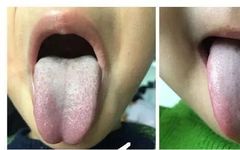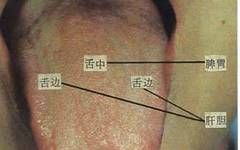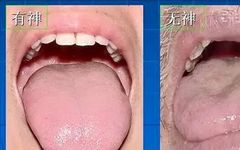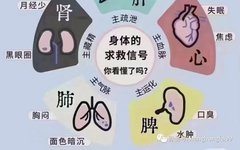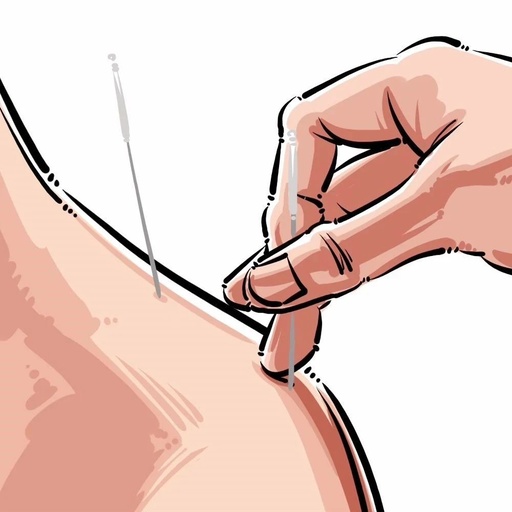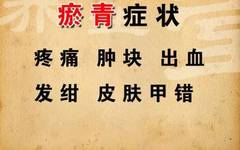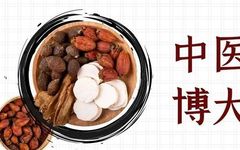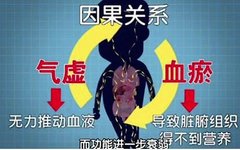How to Observe Tongue Coating to Reflect Your Health
Many of you may have visited a traditional Chinese medicine (TCM) practitioner, right? The TCM doctor first checks your pulse and then asks you to stick out your tongue for examination. Have you ever wondered why these TCM practitioners ask you to show your tongue? If you want to know more about this, read this … Read more


